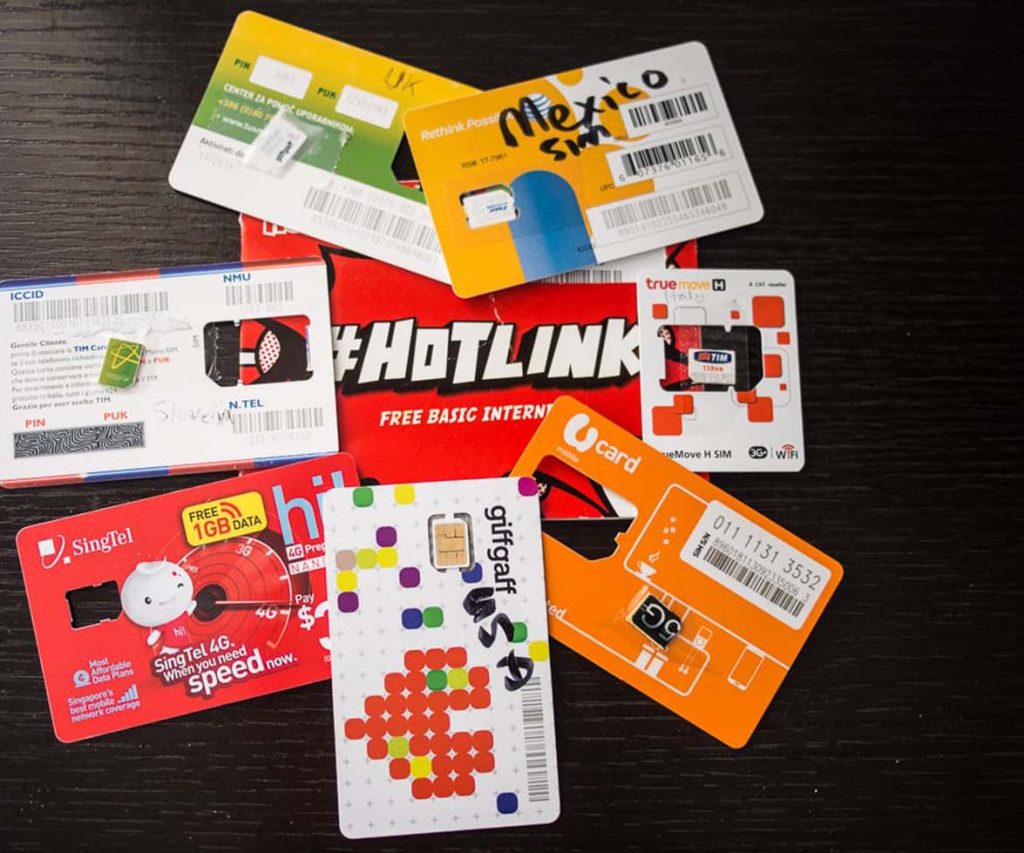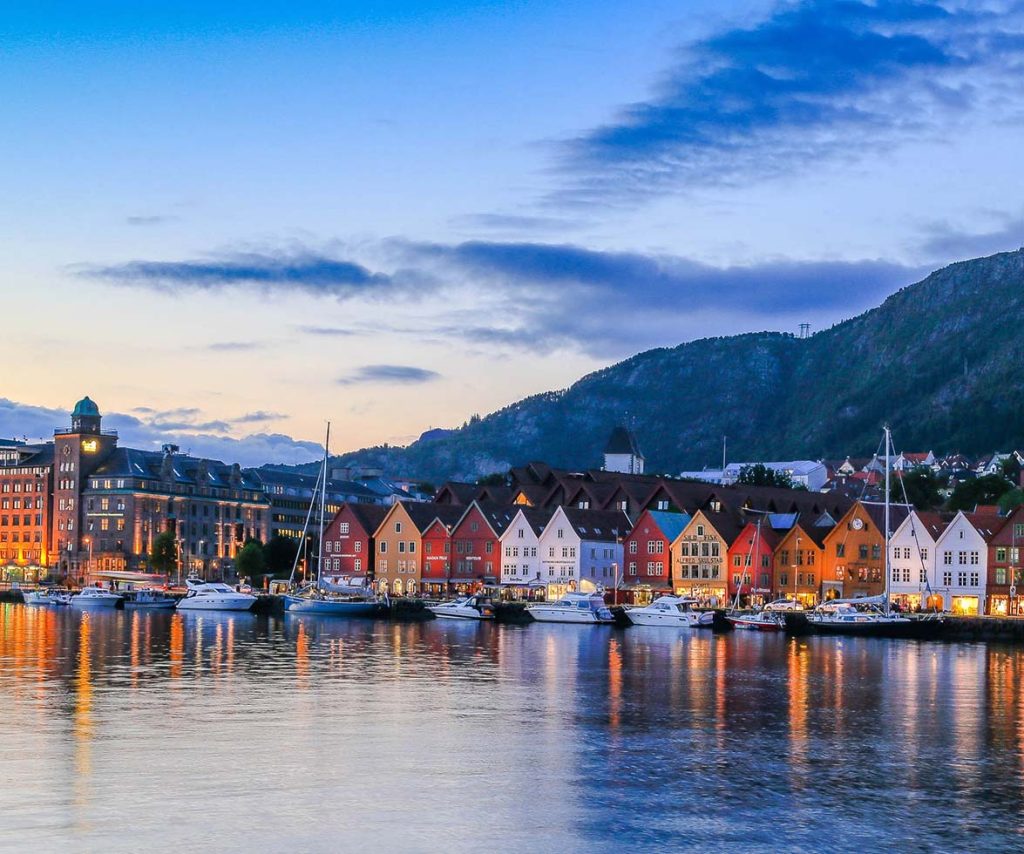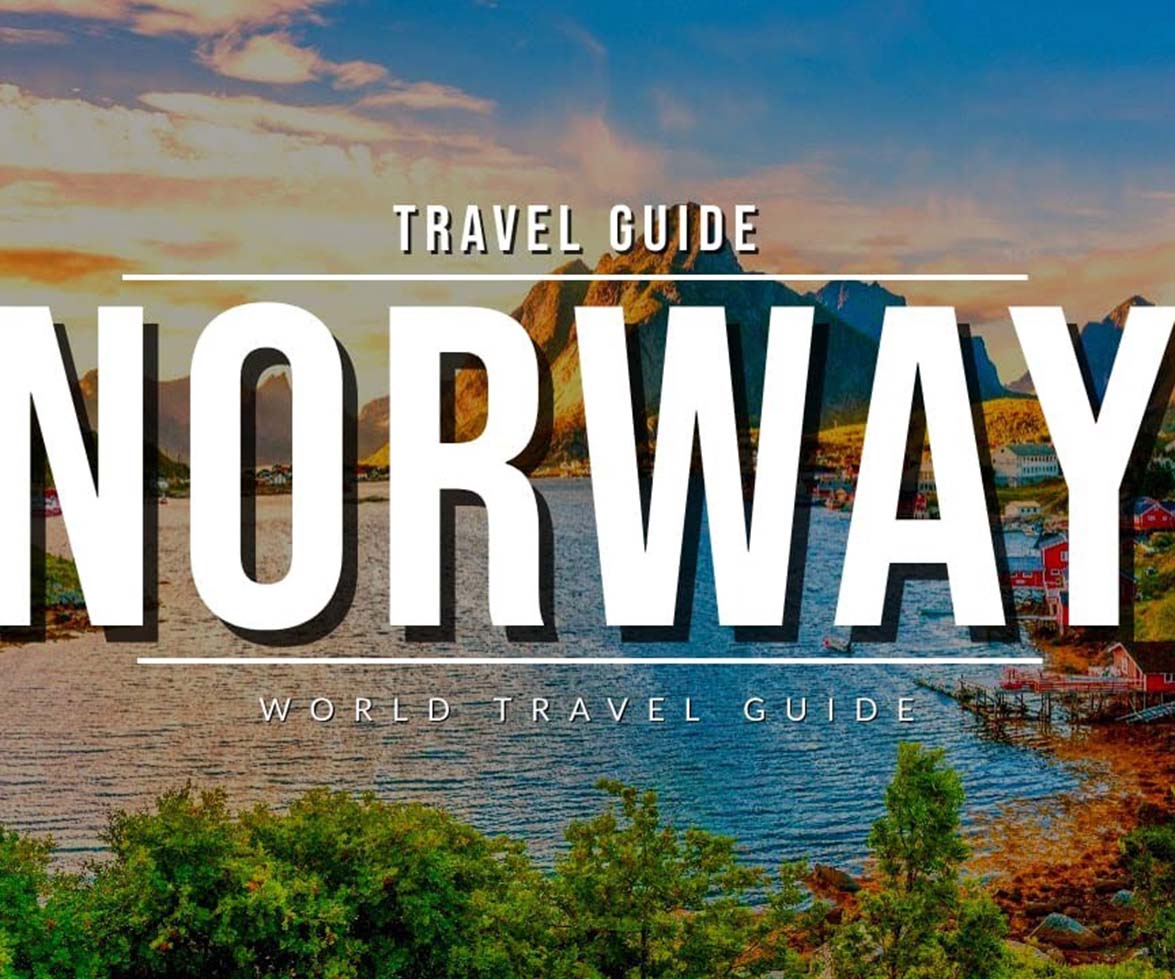Embarking on a journey to Norway, a land of stunning fjords, majestic mountains, and vibrant culture, requires careful preparation. I’ve learned that the key to a successful trip lies in meticulous planning and understanding the local nuances. Here’s a detailed account of my travel experience to Norway, covering everything from packing essentials to navigating local customs and etiquette.
Travel Gear and Appropriate Attire
Packing Essentials:
Norway’s diverse landscapes and unpredictable weather demand a well-thought-out packing list. Here’s what I included:
- Clothing Layers: Norway’s weather can be quite variable, even in summer. I packed lightweight base layers, insulating mid-layers, and a waterproof outer layer. Merino wool shirts and leggings were lifesavers—they kept me warm, dry, and odor-free.
- Comfortable Footwear: For exploring Norway’s rugged terrains, sturdy hiking boots were essential. I also carried a pair of comfortable walking shoes for city tours.
- Accessories: A hat, gloves, and a neck gaiter were crucial for chilly mornings and evenings. Sunglasses and sunscreen protected me from the surprisingly strong Arctic sun.
- Travel Electronics: My smartphone, camera, power bank, and universal adapter ensured I stayed connected and captured every breathtaking moment.
Dress Code:
Norwegians value practicality and comfort in their attire. While hiking gear is acceptable for outdoor adventures, casual yet stylish clothing is appropriate for city excursions and dining out. Avoid overly flashy or formal outfits; Norwegians appreciate simplicity.
Currency Exchange and Payment Methods
Norway’s currency is the Norwegian Krone (NOK). Before my trip, I exchanged a small amount of currency to have some cash on hand for minor expenses. However, I found that Norway is predominantly a cashless society. Credit and debit cards are widely accepted, even for small transactions. Mobile payment apps like Vipps are also popular among locals.
For the best exchange rates, I used ATMs in Norway rather than currency exchange counters. It’s wise to notify your bank about your travel plans to avoid any issues with card transactions abroad.
Acquiring a Local SIM Card
Staying connected while traveling is crucial for navigation, communication, and sharing experiences. Upon arrival at Oslo Gardermoen Airport, I purchased a local SIM card from a convenience store. Telenor and Telia are the main providers, offering various prepaid plans with data, calls, and texts. The process was straightforward—simply insert the SIM card, and it’s ready to use. This ensured I had reliable internet access throughout my trip, especially useful for using maps and travel apps.

Understanding Norwegian Etiquette and Cultural Norms
General Etiquette
Norwegians are known for their politeness, punctuality, and respect for personal space. Here are some key points to keep in mind:
- Greetings: A firm handshake and direct eye contact are customary when meeting someone for the first time. It’s common to greet with “Hei” (Hello) or “God dag” (Good day). Norwegians appreciate a genuine smile and a respectful demeanor.
- Punctuality: Being on time is highly valued. Whether it’s a social event or a business meeting, arriving late is considered disrespectful.
- Personal Space: Norwegians value their personal space. Maintain a comfortable distance during conversations and avoid unnecessary physical contact.
- Quietness: Public spaces in Norway are generally quiet. Loud conversations or disruptive behavior are frowned upon. This is particularly important on public transportation and in residential areas.
My Experiences with Norwegian Etiquette
During my stay in Oslo, I had several interactions that highlighted the importance of understanding local etiquette. One evening, I was invited to a dinner at a local friend’s home. Arriving promptly at the agreed time, I was greeted warmly but without excessive enthusiasm—Norwegians are often reserved but genuine in their hospitality.
The dinner table was beautifully set, and I quickly learned that table manners are taken seriously. Waiting for the host to begin eating, keeping my hands visible (but not resting elbows on the table), and making polite conversation were all appreciated. When offered a second helping, accepting it was seen as a compliment to the host’s cooking. It was a delightful evening, and adhering to these simple yet important customs made the experience even more enjoyable.
In another instance, while hiking in the picturesque Jotunheimen National Park, I encountered several locals. Each time we passed each other on the trail, a friendly “Hei” and a nod sufficed as greetings. Respecting the tranquility of nature, conversations were kept brief and hushed, preserving the serene environment.
Top Four Tourist Attractions in Norway
1. Geirangerfjord
Overview:
Geirangerfjord, a UNESCO World Heritage site, is one of Norway’s most famous fjords. Surrounded by towering mountains and dotted with stunning waterfalls, it offers some of the most breathtaking landscapes I’ve ever seen.
Activities:
- Fjord Cruises: A scenic boat cruise through the fjord provides panoramic views of the dramatic cliffs and cascading waterfalls like the Seven Sisters and the Suitor.
- Hiking: Numerous trails offer varying levels of difficulty, from leisurely walks to challenging hikes with rewarding vistas.
- Kayaking: Paddling through the calm waters of the fjord allows for an up-close experience with nature.
Getting There:
Geirangerfjord is accessible by car, bus, or ferry. I opted for a scenic drive from Ålesund, enjoying the stunning views along the way.
Tips:
- Weather: The weather can change rapidly, so be prepared with appropriate clothing.
- Crowds: To avoid the crowds, visit early in the morning or late in the afternoon.
2. Bergen
Overview:
Bergen, known as the gateway to the fjords, is a charming city with a rich history and vibrant cultural scene. Its colorful wooden houses and scenic harbor make it a picturesque destination.

Activities:
- Bryggen Wharf: Explore the historic Hanseatic buildings and learn about Bergen’s trading history.
- Fløyen Mountain: Take the Fløibanen funicular to the top for panoramic views of the city and surrounding fjords.
- Fish Market: Sample fresh seafood and local delicacies at the bustling fish market.
Getting There:
Bergen is well-connected by air, rail, and road. I took a scenic train journey from Oslo, which was an experience in itself.
Tips:
- Weather: Bergen is known for its rain, so carry a waterproof jacket.
- Explore on Foot: The city is best explored on foot, allowing you to discover its hidden gems and charming streets.
3. Tromsø
Overview:
Tromsø, located in the Arctic Circle, is renowned for its stunning natural beauty and as a prime location to witness the Northern Lights. It’s also a hub for Arctic adventures.
Activities:
- Northern Lights: From September to April, Tromsø offers excellent opportunities to see the Aurora Borealis.
- Arctic Wildlife: Join a whale watching tour or visit the Arctic Cathedral.
- Sami Culture: Learn about the indigenous Sami people and their traditional reindeer herding practices.
Getting There:
Tromsø is accessible by air, with frequent flights from Oslo. The city is small and easy to navigate.
Tips:
- Dress Warmly: Arctic temperatures can be extreme, so dress in layers and carry appropriate winter gear.
- Book in Advance: Popular tours and activities can fill up quickly, so book in advance, especially during the Northern Lights season.
4. Lofoten Islands
Overview:
The Lofoten Islands are a paradise for nature lovers, with dramatic landscapes featuring rugged mountains, deep fjords, and picturesque fishing villages.
Activities:
- Hiking and Biking: Explore the scenic trails and roads that offer stunning views of the islands.
- Fishing: Try your hand at fishing, a traditional Lofoten activity.
- Photography: The unique landscapes make Lofoten a photographer’s dream.
Getting There:
The islands are accessible by ferry or plane. I chose a ferry from Bodø, which offered spectacular views of the archipelago.
Tips:
- Weather: The weather can be unpredictable, so come prepared.
- Respect Nature: Follow the Leave No Trace principles to preserve the pristine environment.
Street Food Delights and Safety Tips
Popular Street Foods
- Pølse med Lompe: A traditional Norwegian hot dog served in a soft flatbread, often with a variety of toppings like mustard, ketchup, and crispy onions.
- Skolebrød: A delicious pastry filled with custard and topped with coconut, perfect for a quick snack.
- Lefse: A soft flatbread typically served with butter, sugar, and cinnamon, offering a sweet and comforting treat.

Street Food Safety Tips
- Choose Reputable Vendors: Look for vendors with clean and well-maintained stalls. Busy stalls usually indicate good hygiene and quality.
- Observe Food Handling: Ensure the food is prepared fresh and cooked thoroughly. Avoid items that have been sitting out for a long time.
- Stay Hydrated: Carry a bottle of water to stay hydrated, especially if you’re sampling various street foods.
Planning Your Itinerary and Managing Your Budget
Itinerary Planning
- Prioritize Attractions: Decide which attractions and activities are must-see and plan your days accordingly.
- Allow Flexibility: Include some free time in your schedule to explore and relax without feeling rushed.
- Book in Advance: Reserve accommodations, transportation, and popular tours in advance to secure the best options and prices.
Budget Management
- Set a Daily Budget: Determine your daily spending limit for accommodation, food, transportation, and activities.
- Track Expenses: Use a travel expense app to keep track of your spending and stay within your budget.
- Opt for Free Activities: Take advantage of free attractions like hiking, exploring public parks, and visiting museums on free entry days.
Travel Insurance
Investing in travel insurance is essential for peace of mind. I chose a comprehensive plan that covered medical emergencies, trip cancellations, and lost belongings. It’s always better to be prepared for unexpected events, especially when traveling abroad.
Norway’s breathtaking landscapes, rich culture, and warm hospitality make it a must-visit destination for any traveler. By preparing thoroughly, respecting local customs, and embracing the adventure, my journey through Norway was unforgettable.
From the serene fjords of Geiranger to the vibrant streets of Bergen, the Arctic wonders of Tromsø, and the rugged beauty of the Lofoten Islands, every moment was a testament to the country’s allure.
Whether you’re an outdoor enthusiast, a cultural explorer, or a culinary adventurer, Norway has something to offer.
